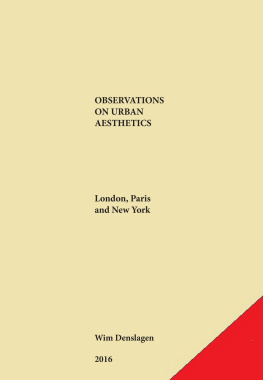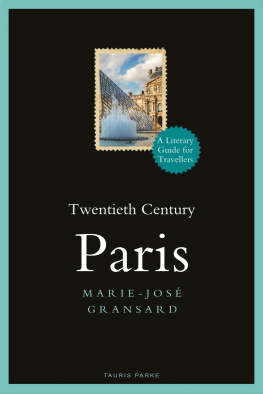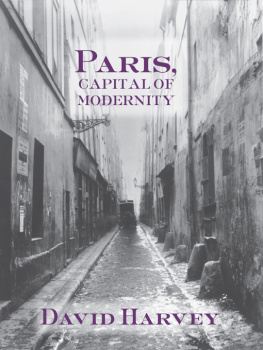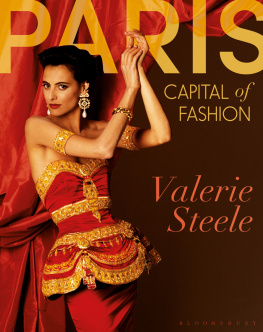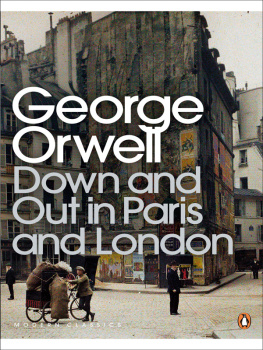OBSERVATIONS ON URBAN AESTHETICS
London, Paris and New York
Wim Denslagen
2016
On oublie trop que New York a t ce que sont, ce que furent Londres ou Paris
(One forgets too much that New York was also what London or Paris once were)
Paul Morand, New York, 1929, 315.
2016 W. Denslagen
Titel: Observations on Urban Aesthetics
Auteur: Wim Denslagen
Uitgeverij U2pi BV, Den Haag
Website uitgever: www.jouwboek.nl
ISBN ebook: 978-90-8759-638-5
NUR: 648
Alle rechten voorbehouden. Niets uit deze uitgave mag worden verveelvoudigd, opgeslagen in een geautomatiseerd gegevensbestand, of openbaar gemaakt, in enige vorm of op enige wijze, hetzij elektronisch, mechanisch, door fotokopien, opnamen, of enige andere manier, zonder voorafgaande toestemming van de uitgever.
THE CITY AS A WORK OF ART
Jane Jacobs
A city cannot be a work of art, Jane Jacobs tells us in her famous book The Death and Life of Great American Cities (1961). Jane Jacobs, born and raised in New York, was a champion of the struggle against the urban renewal of her time, symbolized by skyscrapers and highways. She fought for decent and safe neighborhoods, but never for urban beautification. Another New York citizen, Lewis Mumford, the author of The Culture of Cities (1938), reviewed Jacobss book and, of course, read the statement cited above. He was very surprised because he could not believe that this well-educated author seemed so insensitive to the artistic aspects of cities and accused her in The New Yorker (1 December 1962) of aesthetic philistinism with a vengeance.
Mumford thought that Jacobs had overlooked an essential aspect of urban planning, but I think Jacobs didnt overlook anything. She meant what she wrote: for her and many of her colleagues it is utterly irrelevant what a city looks like. A city is something to use as you would use a kitchen or a farm. In this respect, Jacobss opinion belongs to the Modern Movement where the function of buildings and cities is essential and their outward appearance of minor importance.
Jacobss opinion may seem outrageous at first, but after she said this, we might want to learn more about what her reasoning was for coming to this conclusion. She must have been aware that in the eyes of many people, cities can be admired solely for their urban beauty. She must have been aware that some cityscapes have been immortalized by renowned artists. For instance, she must have seen like so many have Johannes Vermeers painting of Delft (1660). Here Vermeer revealed Delfts particular beauty, a beauty nobody had captured before. This painting of Delft defined the way we see its cityscape: it became part of our collective memory. Did Jacobs ignore artistic representations of cities? Probably not, but these representations seemed to have little meaning in her work. She also wrote about other aspects of cities. She opposed the destruction of old neighborhoods and the urban renewal plans that mirrored modernistic ideals, like those, for instance, of Robert Moses, her most important opponent. Modernist urban planners believed that cities should be redesigned to accommodate the flow of traffic and to separate its various functions, such as housing and industry. Jacobs vigorously opposed these ideals and she never worked up the slightest bit of admiration for the modern highway or highrise. Perhaps her battles with people like Moses prevented her from admiring the parkways of Robert Moses. Anyway, for her and her supporters, beauty remained a thing of minor importance in urbanism. That is perhaps why in her book she never mentioned Sigfried Giedion, who described Mosess parkways as works of art, as creations born out of the spirit of this age, the beauty of which is only to be grasped as one moves, by going along in a steady flow, as the rules of traffic prescribe. The space-time feeling of our period can seldom be felt so keenly as when driving.
Historic Cities
Moses destroyed the old neighborhoods that Jacobs cherished. Both rejected the idea that a city could be a work of art. They were not unlike many other professionals in the field of architecture. This raises the question of whether there is a connection between the negation of cityscapes as works of art and ignoring their beauty. Before trying to come up with an answer to this question, it may be instructive to reread some laments about the loss of historic cityscapes in the past, such as Lost London (1971) and Paris Perdu (1991). The authors of these two books, among others are very distressed about what these cities have lost to the point where their work sounds more like mere complaining that shows no hope for the future. The aim of these types of studies is to make the reader aware of the fact that beautiful things have often been destroyed without any justifiable reason.
These authors do not want to be consoled by what these perhaps historically beautiful things were replaced with. They prefer to wallow in sorrow and regret, which I think can be an honourable and noble task. We should read all of these laments to lost city pasts. But after we read these laments, we must ask ourselves where this nonchalant neglect of historic cityscapes came from.
If beauty is of secondary or no - importance, as numerous influential urbanists believe, how do they approach the study of historic cities? Do these experts truly believe that the beauty of these old cities is also just a secondary consideration, compared to, for example, the liveliness of a citys culture or the quality of its living conditions?
They may very well believe this and may sometimes even end up placing the beauty of an old city after the beauty of its newer developments. That seems pretty strange considering that one would expect that historic cities are admired and appreciated precisely because of their historic value. How do some experts end up rejecting the idea that historic cities should, to some extent, be protected from new architectural interventions?
If ever there was a beautiful city, it is Paris. One would expect that authorities responsible for its preservations, in this case the Ministry of Culture, would be constantly engaged in protecting its cityscape. However, this is not always the case. The Ministry seems to have no objection to the obscuring of historic faades behind new ones, as long as the new faades are themselves considered important works of art that contribute to the aesthetics of the cityscape. This notion is essential: the intervention must be a new artistic contribution of the highest quality. So, the metallic screen that has covered the offices of the Ministry of Culture in Paris (rue des Bons Enfants) since 2005, based on a design by Francis Soler, must indeed be an excellent piece of art then. However, it disguises the stone faades designed by G. Vaudoyer in 1919 which were at least in harmony with their surroundings. The work of Soler subverts the harmony.
The old faades have basically been made invisible by Solers artwork. He explained his intervention with the following words: Add, transform, move the materials, their uses, remain, in a way, faithful to the normal evolution of our cultural heritage and the pluralist goals of the Ministry of Culture.
What did he mean by all this? Did he want us to believe that the transforming of existing architecture belongs to a cultural tradition, at least one defined by the French ministry? Solers explanation implies that the cultural heritage also includes todays culture and it is therefore necessary not only to preserve but also accept modern interventions.
Solers explanation seems puzzling. He claims that transformations are not necessarily contrary to preservation. This is difficult to understand, but strangely, his statement acknowledges Frances policies regarding its cultural heritage. Readers who dont fully trust me are invited to read Sebastian Loews

